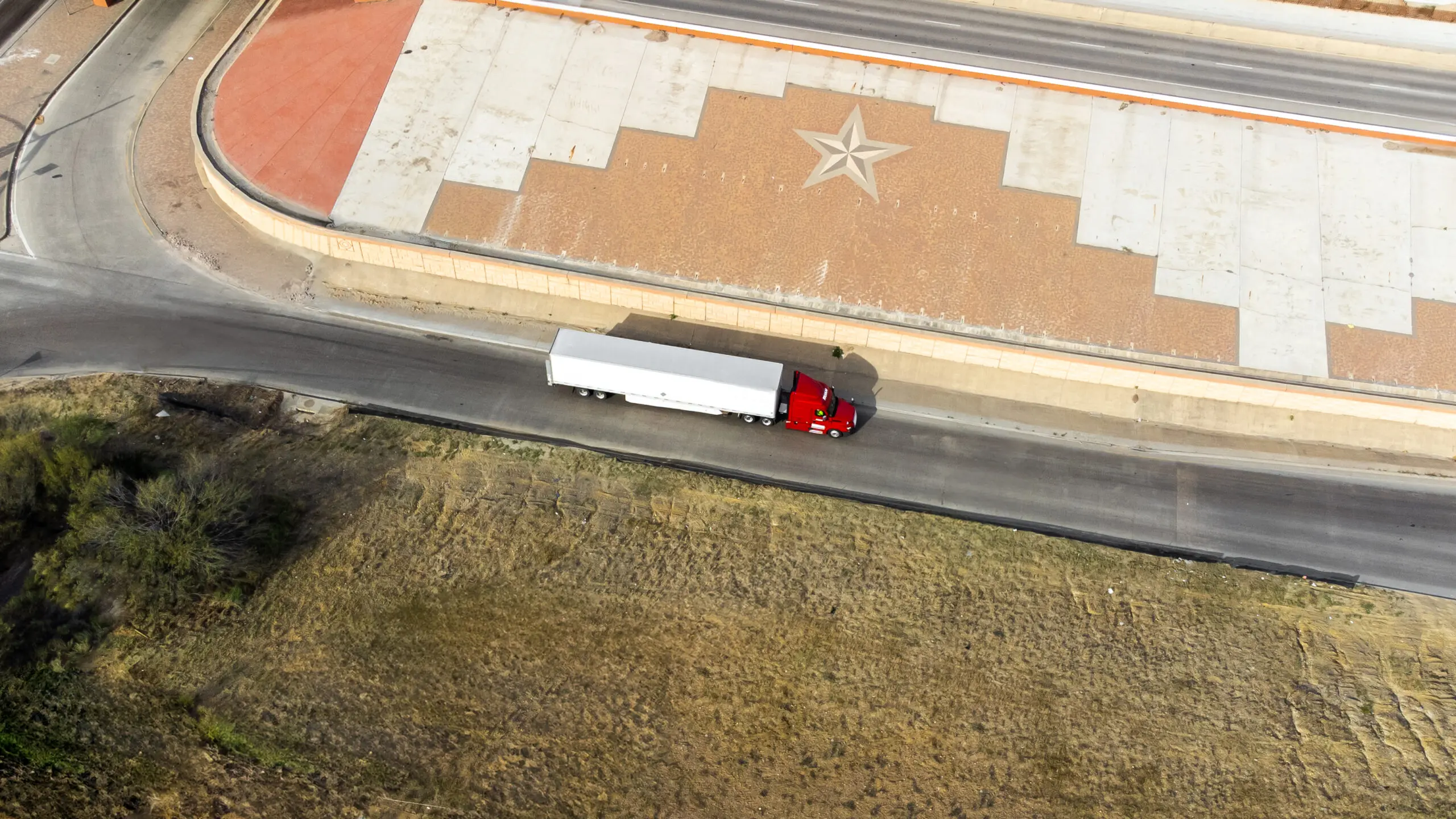Reliability is everything in cross-border freight. One bad carrier can derail a shipment, delay customs, or damage customer trust. That’s why Cargado carefully vets every carrier before allowing them into the network. Here’s how the carrier vetting and onboarding process works.
Carrier requirements to join Cargado
Proper authority and licensing
U.S. carriers must have an active USDOT/MC authority and compliant safety ratings. Mexican carriers need a valid SCT permit and, if operating in the U.S. border zone or beyond, the proper authority (such as long-haul authority or partnerships). Cargado verifies that every carrier is legally permitted to haul cross-border freight.
Insurance
Carriers must carry adequate insurance. Cargado typically requires a minimum of $100,000 in cargo insurance for U.S. loads. Some brokers mistakenly set higher thresholds (like $200,000), which reduces the pool of qualified carriers. By standardizing to reasonable levels and keeping certificates on file, Cargado balances protection with access to capacity.
Experience and references
Cargado often requires Mexican carriers to provide proof of a strong track record. New carriers are asked to submit references from at least three reputable brokers or shippers they’ve worked with. This helps ensure legitimacy and demonstrates successful cross-border experience. Well-known references further boost trust.
Technology and communication
Carriers are expected to be responsive and ideally tech-enabled. Bilingual dispatch is a plus. Cargado’s network carriers are used to providing status updates, tracking visibility, and handling international paperwork.
Carrier profile data
During onboarding, carriers provide details on coverage areas, equipment types (dry van, flatbed, reefer, etc.), and border transfer capabilities. For example, some U.S. carriers only handle domestic legs, while some Mexican carriers may employ B-1 drivers to cross into the U.S. This data helps Cargado match the right loads with the right carriers.
Onboarding checks
Cargado’s team verifies documents such as operating authority, insurance, and safety history. Background checks and interviews may also be part of the process. Only carriers that pass all checks gain access to posted loads.
Carrier expectations
Once onboarded, carriers must maintain high service levels. Expectations include on-time pickup and delivery, following standard border procedures (e.g., retrieving paperwork from customs brokers, ensuring the Carta Porte is in hand), and maintaining open communication. Carriers are provided with SOPs and guidance so they know what to do at each step of a cross-border move.
When you choose a carrier through Cargado, you’re getting a provider that understands cross-border work and is backed by Cargado’s due diligence.
